Breeding Ground Insights: May Duck Hunting Prep
Posted by Lucky Duck Team on May 13th 2025
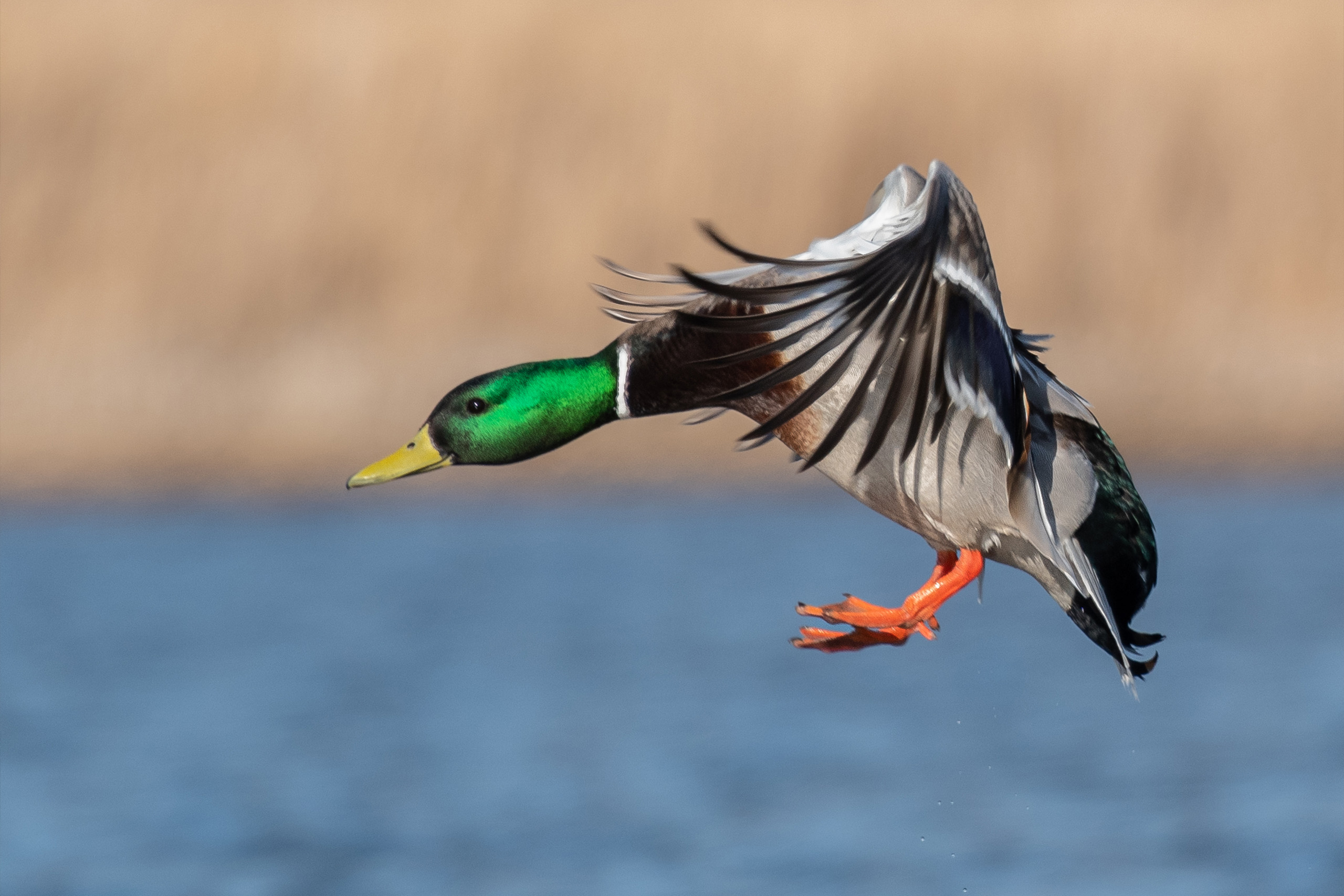
2025 Waterfowl Breeding Update: What Every Hunter Should Know
The latest reports from conservation groups like Delta Waterfowl and Ducks Unlimited show a modest rebound in duck populations after years of decline. Breeding populations rose about 5% in 2024, with mallards, green-winged teal, and wigeon showing encouraging gains. However, long-term drought across the U.S. and Canadian prairies continues to strain wetland habitats, particularly in the Prairie Pothole Region. Hunters should recognize that even though breeding numbers are stabilizing, success in 2025 will heavily depend on localized habitat quality and weather conditions during nesting and brood-rearing seasons, as well as their own personal preparedness and skill.
The Importance of Nesting Success: How Spring Shapes the Fall Flight
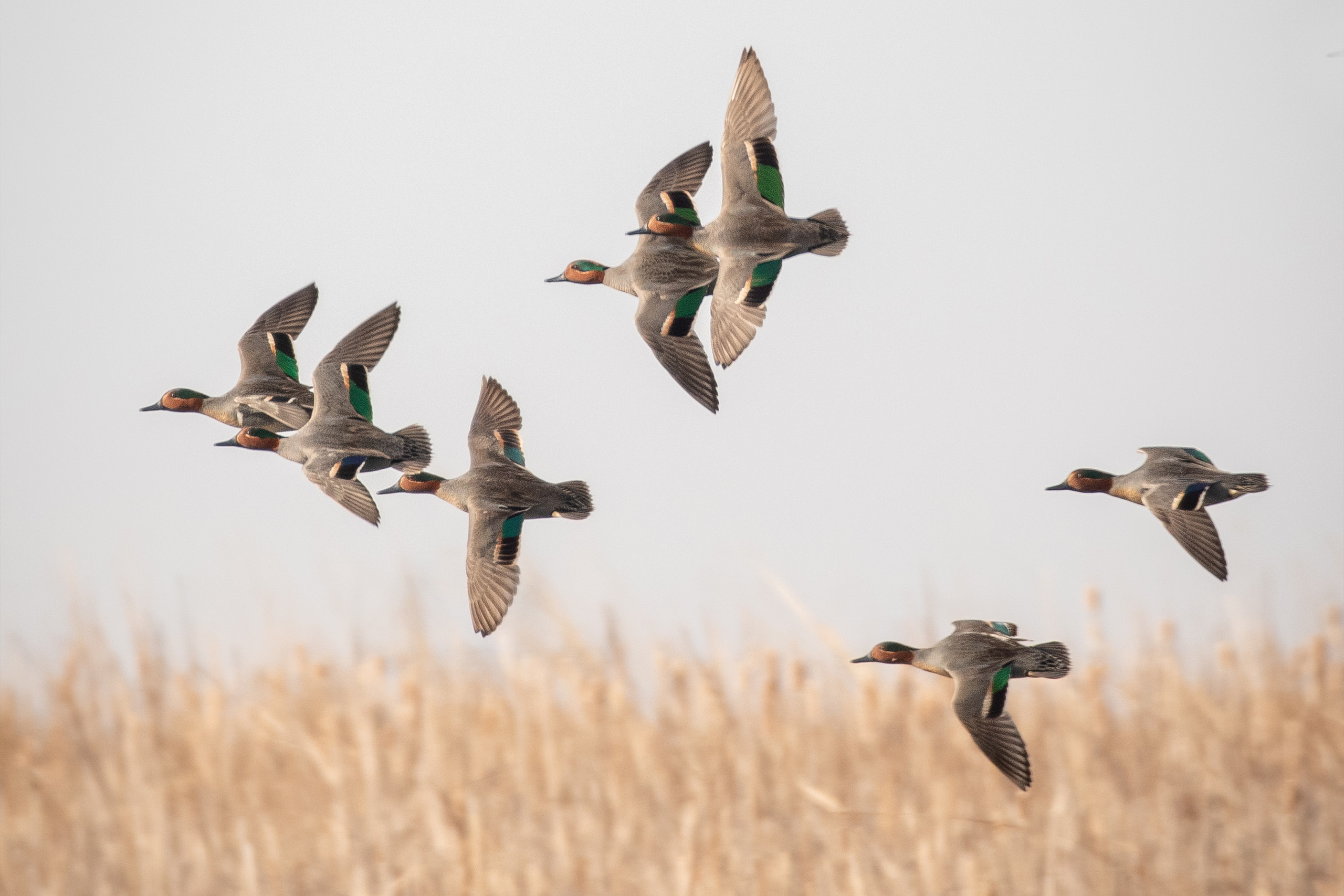
Breeding population counts are only half the story. The true driver of fall duck numbers is nesting success—how many eggs hatch and how many ducklings survive to migrate. Factors like wetland availability, predator management, and spring/summer rains are critical. A dry spring can lead to lower nest success, while abundant wetlands and grasslands increase the odds of strong recruitment. Hunters paying attention to these indicators will have a much better idea of what species and numbers to expect in the fall.
Spotting Productive Wetlands
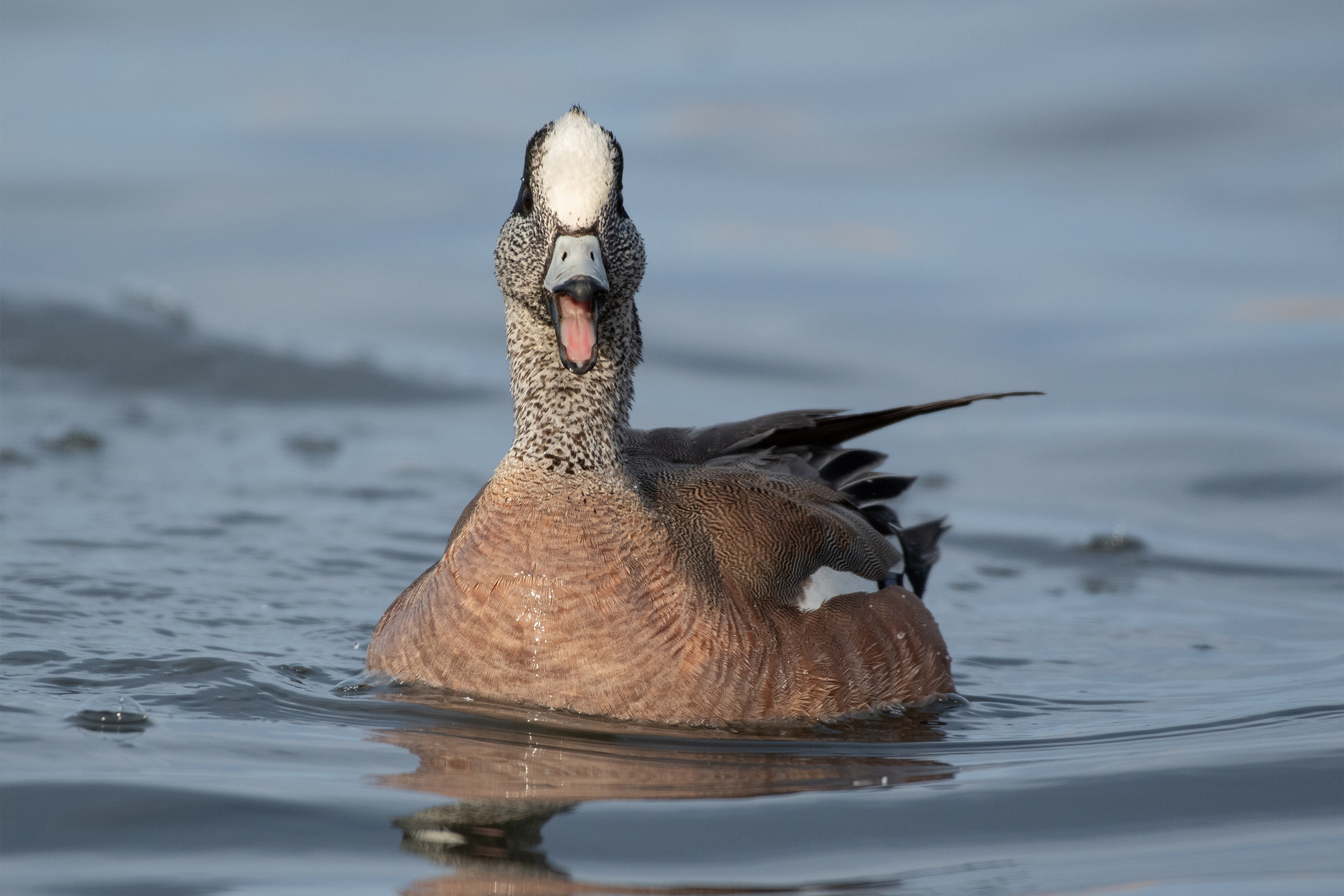
Smart hunters are already scouting right now. Productive wetlands in spring—those with stable water levels, lush vegetation, and visible breeding pairs—are likely to become magnets for migrating birds come fall. Especially if you are blessed to live near the Prairie Pothole region, look for ponds and sloughs bustling with duck activity, especially those tucked into areas of healthy prairie grass. Later in the year, these wetlands often remain key stopover or staging locations. Document the wetlands you find healthy now, and keep tabs on them throughout the summer.
Scouting Tips: Finding Future Hotspots During the Off-Season

Pre-season scouting doesn’t just start in September. Smart hunters are out now, using spring sightings to predict fall flights. Here are a few quick tips:
- Use optics: Binoculars and spotting scopes are important for observing breeding behavior without disturbing birds.
- Document everything: Take notes on species density, wetland conditions, and changes after rainfall events.
- Mark GPS locations: Save the coordinates of active wetlands and promising habitats for future blind setups.
- Bring your retriever: Use off-season trips to condition your dog and acclimate them to boats, decoys, and long sits using sturdy Lucky Duck kennels.
Tracking Habitat Conditions
The Prairie Pothole Region remains the "Duck Factory" of North America, but persistent drought has created real challenges. Although some Canadian areas saw improved snowpack last winter, the Dakotas and parts of Canada remain dry, and wetlands are recovering unevenly. Meanwhile, the Boreal Forest, which provided a critical backup nesting habitat during the 2024 drought, is showing signs of improved moisture. Hunters should track spring and summer rainfall reports, especially in major breeding zones. Areas that stay wet into late summer are more likely to produce higher numbers of young, huntable birds in the fall. Keeping tabs on habitat updates gives you an edge when deciding where to hunt opening week.
Retriever Readiness
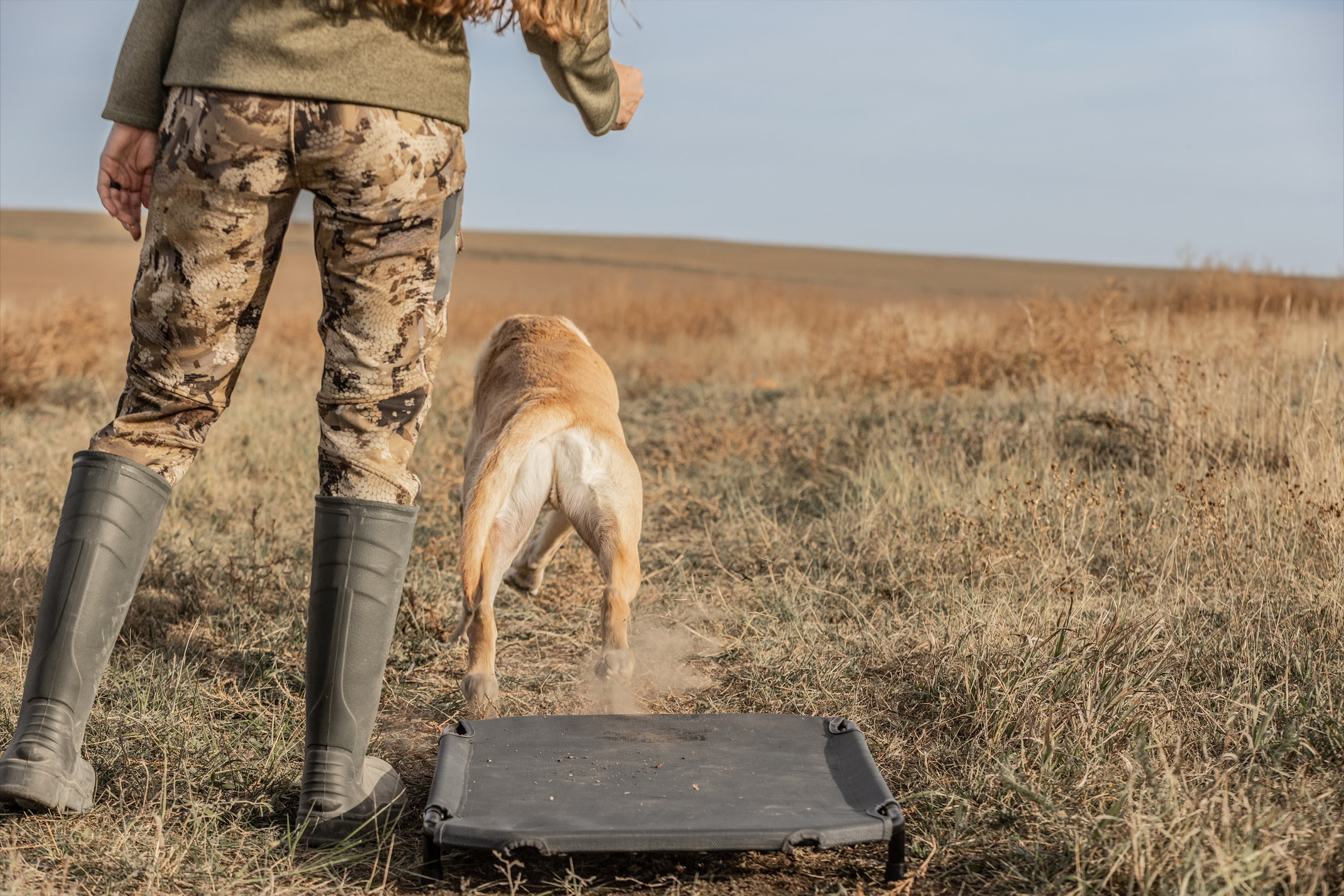
Just like waterfowl prepare for migration, retrievers need preseason conditioning too. Skipping early training can lead to sloppy performance, poor steadiness, and a higher risk of injuries during the season. Spring and summer are ideal for low-pressure refreshers—brushing up on obedience, steadiness, and field drills—before the intensity of hunting begins. Plus, preseason work helps mentally sharpen your dog so they understand their job the moment the first duck drops. Building good habits now leads to fewer mistakes when it counts later.
Conditioning Your Dog
Warm-weather training can be dangerous if not handled properly. Dogs cool themselves mainly by panting, and overheating can happen fast. It can be a good idea to limit sessions to cooler parts of the day—early mornings are best—and always bring plenty of fresh water for breaks. Incorporate water retrieves whenever possible, as swimming provides great conditioning while helping keep your dog cool. If your dog has gained weight during the off-season, it’s critical to slim them down gradually before heavier training starts. A lighter, fit dog will be healthier, perform better, and recover faster both during training and in-season.
Building Better Skills
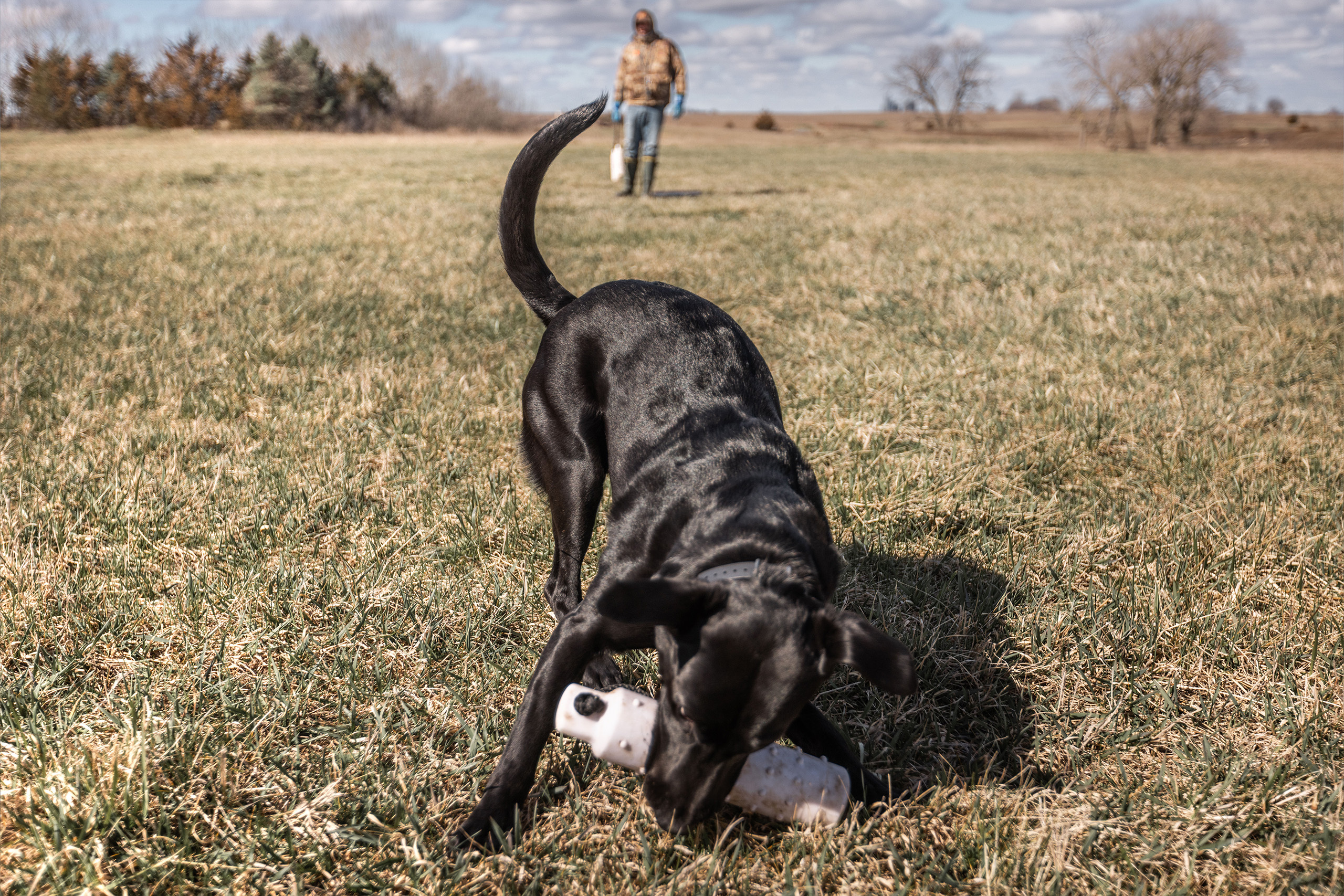
Once basic conditioning is underway, shift focus toward field-specific skills.
- Steadiness: Train your dog to remain calm and controlled through gunfire.
- Marking: Refine your retriever’s ability to visually track birds through complex terrain like tall grass, across ponds, or into flooded timber.
- Handling: Use drills like the walking baseball drill to improve whistle commands, hand signals, and precise control over retrieves—especially in situations where wounded birds need to be prioritized.
Investing time in these skills now pays off in the form of quicker retrieves, fewer lost birds, and a much more enjoyable hunting experience come fall.
Traveling Safely
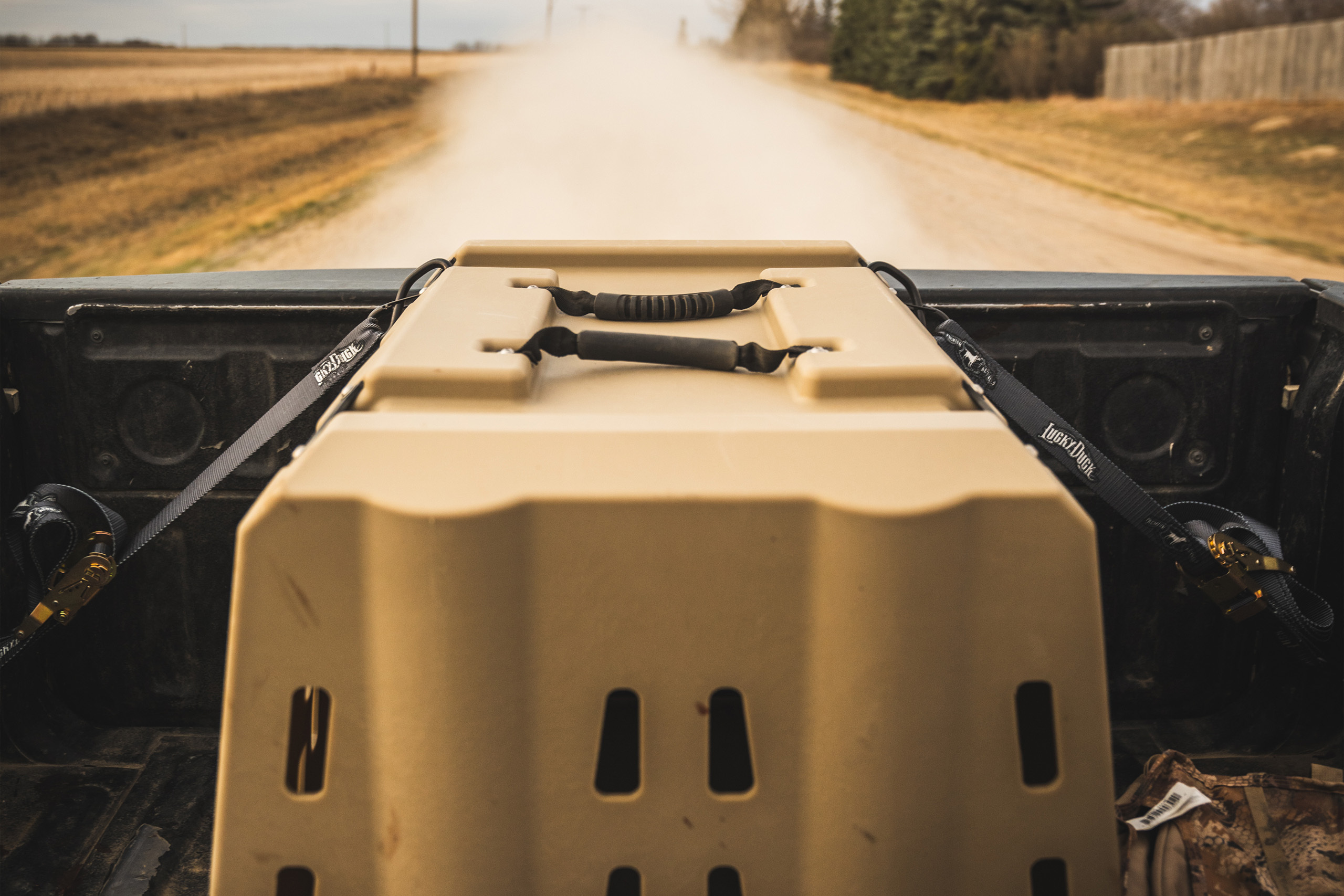
Pre-season scouting means plenty of time on the road — sometimes over rough country roads or remote access points. Keeping your dog safe during these trips is non-negotiable. Lucky Duck kennels are crash-tested, built tough, and designed for both comfort and security. Whether you're spending a long day checking wetlands or hauling gear to a training spot, these kennels help to protect your retriever from sudden stops or accidents and reduce travel stress. A solid kennel setup can help your dog arrive ready to train, without unnecessary fatigue or anxiety.
Gearing Up for a Strong Start
The offseason isn’t just about planning—as long as you have the budget, it can also be time to upgrade to that gear you were looking at last season. Whether it’s durable blinds, rugged Lucky Duck decoys that hold their paint and detail, or our high-end kennels that protect your best hunting partner, smart gear choices pay off when weather turns brutal and opportunities are limited. Early investments also give you months to break in equipment, troubleshoot any issues integrating it into your setup, and enter opening day with full confidence.
Final Prep Checklist: Dogs, Gear, Scouting Notes, and Early Season Goals
Before the season kicks off, make sure you’re covering all the bases:
- Dog Readiness: Solid obedience, steady to shot, conditioned for optimal performance in the field.
- Gear Check: Kennels, decoys, boats, blinds, calls, and first-aid kits reviewed and tested.
- Scouting Notes: Updated maps, GPS pins of productive wetlands, habitat condition reports.
- Training Sessions: Realistic drills incorporating decoys, boats, and water retrieves.
- Early Season Strategy: Identify opening-day hotspots, ideal decoy setups, and backup locations.
A few extra hours spent preparing now helps to ensure that when you see your first birds this fall, you and your retriever will be ready to make it count.
Gear Up with Lucky Duck
From preseason scouting trips to long days in the blind, having the right gear makes all the difference—and nobody builds gear with hunters in mind like Lucky Duck. Our crash-tested Lucky Kennels keep your retriever safe and comfortable on every adventure, while our realistic decoys help you replicate the natural spreads that bring birds closer. Durable, dependable, and designed for serious waterfowlers, Lucky Duck products give you an edge at every stage of the season.
Shop Lucky Duck kennels and decoys today!
